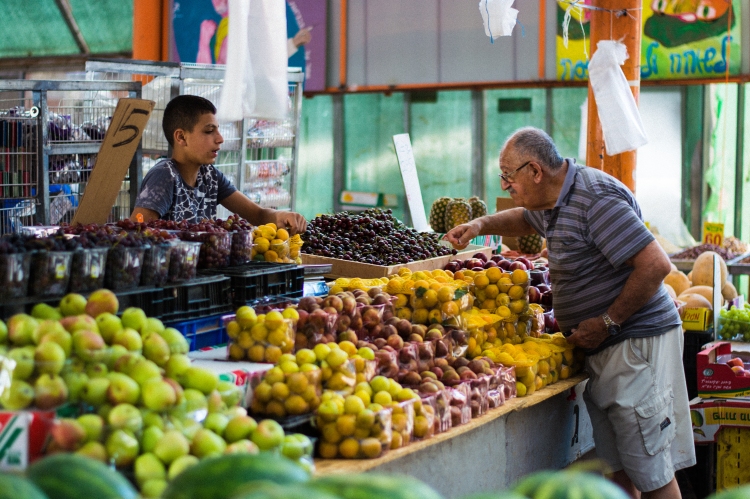Many people often wonder what it is we actually do when we are gone for long periods of time. Well to start off my week, we work for five and a half days a week. We start on Mondays waking up at 4:30 am. and getting in our vans to go to the site at 5 am. We work until 11:30 am. with a break around seven for tea and coffee, then another break for breakfast around nine. Also, sometimes during this time, we wash pottery from 6-noon. When we get back to the site around noon, many of us either go and take showers right away, or do some other duties such as, wash pottery/bone, categorize artifacts, or try to take a quick nap before lunch at 1 pm. We eat lunch either in a local factory or in our front yards. Then three o’clock comes around and that’s normally the time people can either choose to go to a nearby pool or stay back and catch up on some paperwork or take another nap. I prefer to take naps unless it’s ungodly hot outside. Five o’clock is normally the time where as a big group we wash pottery buckets for an hour and a half, then have some supper. Supper is normally the last thing on our agenda unless we have a lecture by one of the directors, but that normally happens on Tuesdays. On Saturdays, we work for a half day, so we are done by nine. With the end of our week being Sunday, this is our day for a whole day of traveling and doing touristy type things.
Now, what is it we exactly do? Well to start, we want to figure out the best plan of attack to best date the evidence we find. What I mean is that we would either use pickaxes, or our small towels to take away some of the dirt. When we find a new soil layer that we believe to be older than what we were previously digging, we will start a new system of dating the material we find. For example, we will use pickaxes and hoes to take away large amounts of dirt at one time. We will remove any large rocks we see and use a metal rectangle that has some weaved wiring at the bottom called a sifter to sift through the dirt to find evidence such as pottery, bone, and glass. When we come along some more important material such as plaster, which is what the Romans would use to put their paintings on or use as a water sealant, we would be more delicate with that and use our towels or brush to gently scrape away the dirt. When we have all of our evidence, we separate them into buckets based off of our different floor levels. We also take elevations of our floors to see how much progress we have made in digging down as well as pointing out key features that are in our indiviual digging squares. 













 has at some time in the past, the walls around it tumble in, leaving giant boulders between the silt layers. I didn’t think it was possible, but after pulling out more than my fair share of these giant, very heavy, volcanic rocks I have begun to form a hatred torwards them. They alaways seem to get in the way and are very annoying to clean around. Every time we dig another one up, I want to pull it out of the ground with a pick more and more. It is very satisfying however when we finally do get them out. We also have to deal with many limestone rocks as well, but they are not as bad as basalt becuase they are softer, lighter, and much easier to remove. Regardless, at some point I will have to come to terms with these rocks but for now they will be my mortal enemy.
has at some time in the past, the walls around it tumble in, leaving giant boulders between the silt layers. I didn’t think it was possible, but after pulling out more than my fair share of these giant, very heavy, volcanic rocks I have begun to form a hatred torwards them. They alaways seem to get in the way and are very annoying to clean around. Every time we dig another one up, I want to pull it out of the ground with a pick more and more. It is very satisfying however when we finally do get them out. We also have to deal with many limestone rocks as well, but they are not as bad as basalt becuase they are softer, lighter, and much easier to remove. Regardless, at some point I will have to come to terms with these rocks but for now they will be my mortal enemy.


